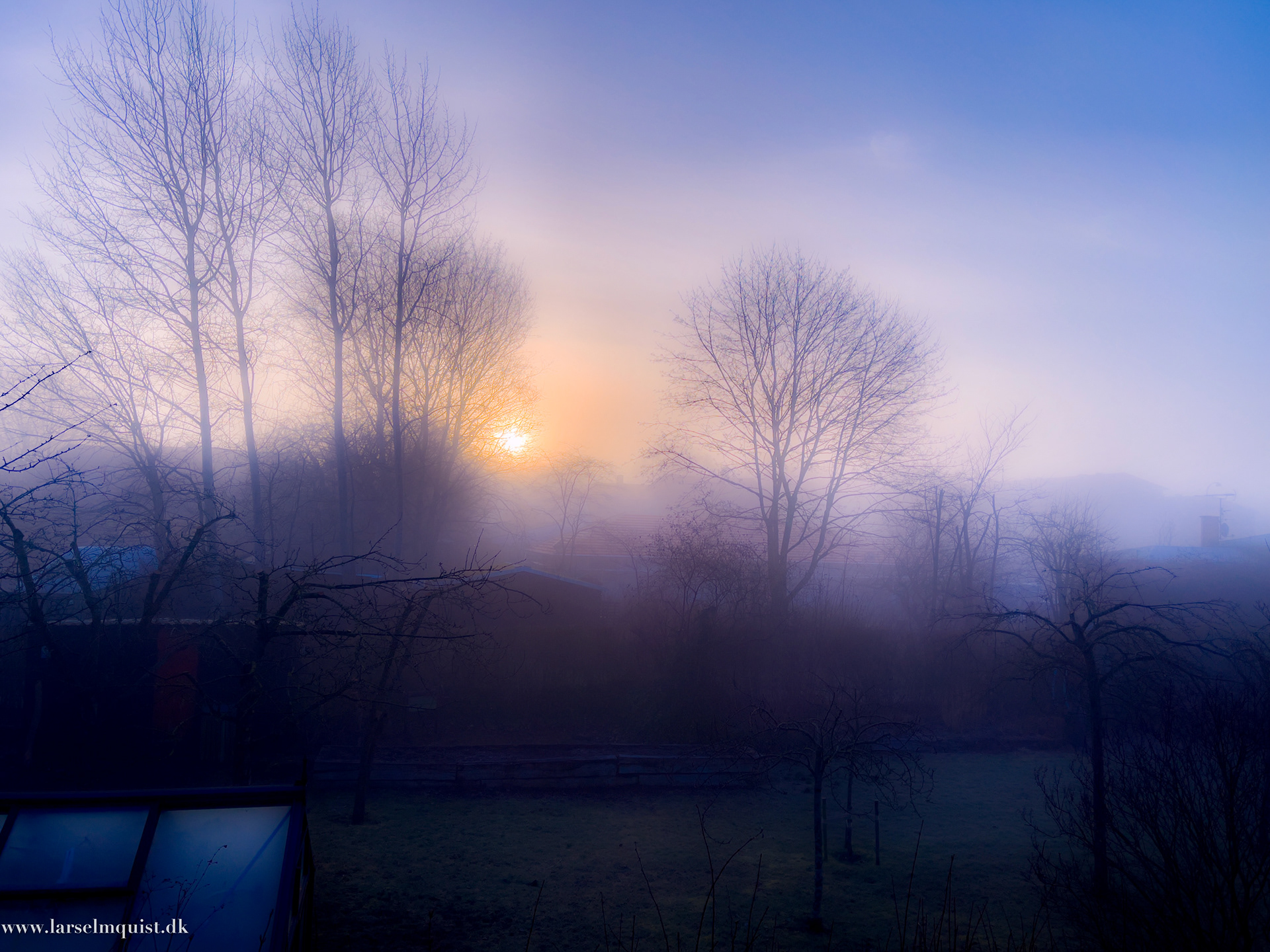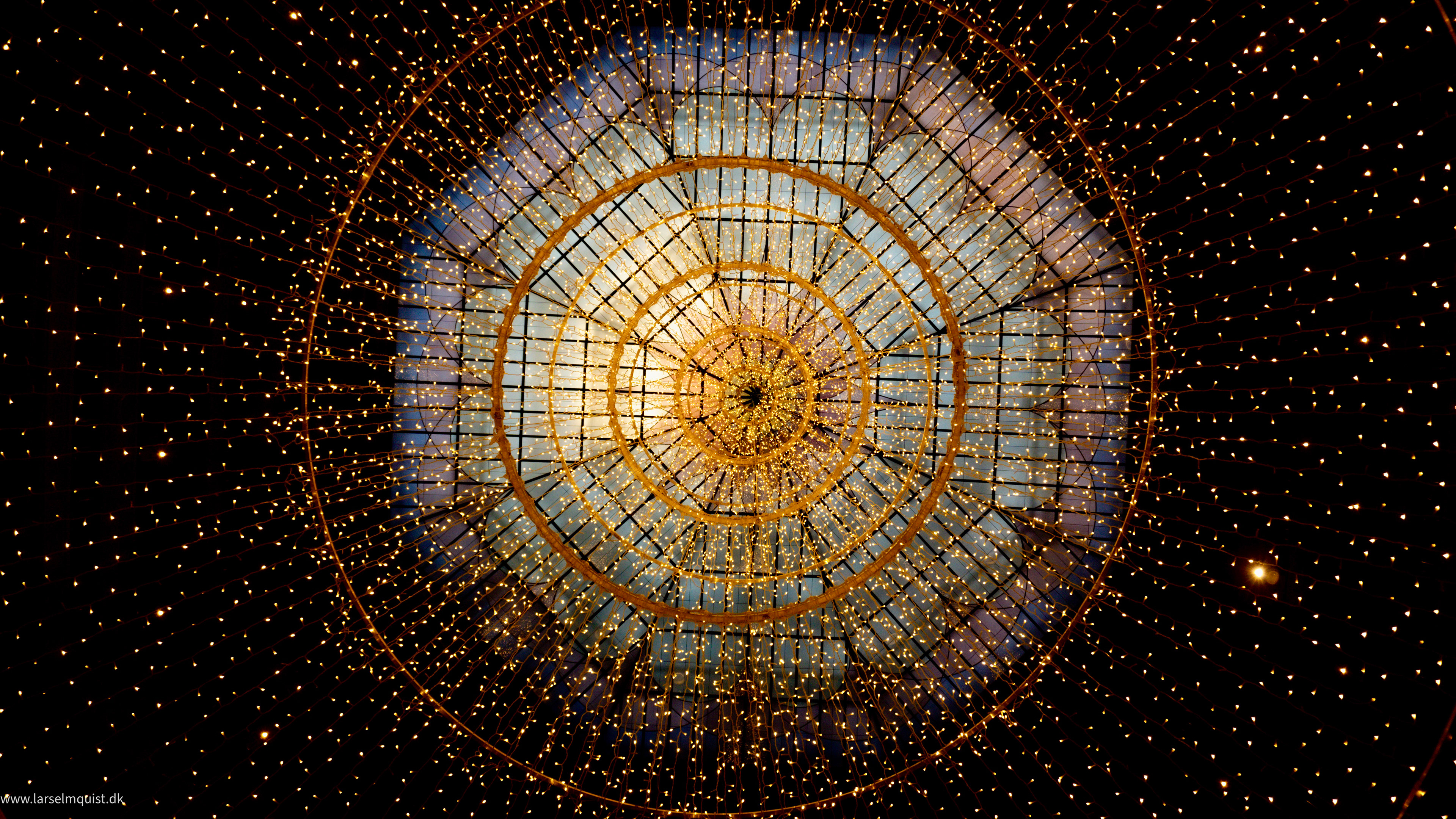Light can be controlled in various ways, depending on the source, the environment, and the desired effect. The main sources of light are natural and artificial. Natural light comes from the sun, the moon, and the stars, and it changes throughout the day and the seasons. Artificial light comes from lamps, flashes, and other devices, and it can be manipulated by the photographer.
The environment also affects the light, such as the weather, the time of day, the location, and the surroundings. The photographer can use the environment to their advantage, or modify it with reflectors, diffusers, filters, and other accessories. The desired effect depends on the photographer's vision and style, and the message they want to convey. The photographer can use light to create different moods, atmospheres, and emotions, such as drama, mystery, romance, or joy.
Tip 1: Observe the light before you shoot. Pay attention to how the light changes throughout the day, and how it affects the colors, shapes, and textures of your subject. Look for the best time and angle to capture the light that suits your vision.
Tip 2: Experiment with different light sources and modifiers. Try using natural light, artificial light, or a combination of both. Use reflectors, diffusers, filters, and other accessories to alter the intensity, direction, color, and quality of the light. See how different light settings create different effects and moods in your photographs.
Light is the most important element of photography, and it can make a difference between a good and a bad photograph. By understanding and controlling light, the photographer can enhance the beauty, the meaning, and the impact of their images. Light is not only a technical aspect of photography, but also a creative and artistic one.


